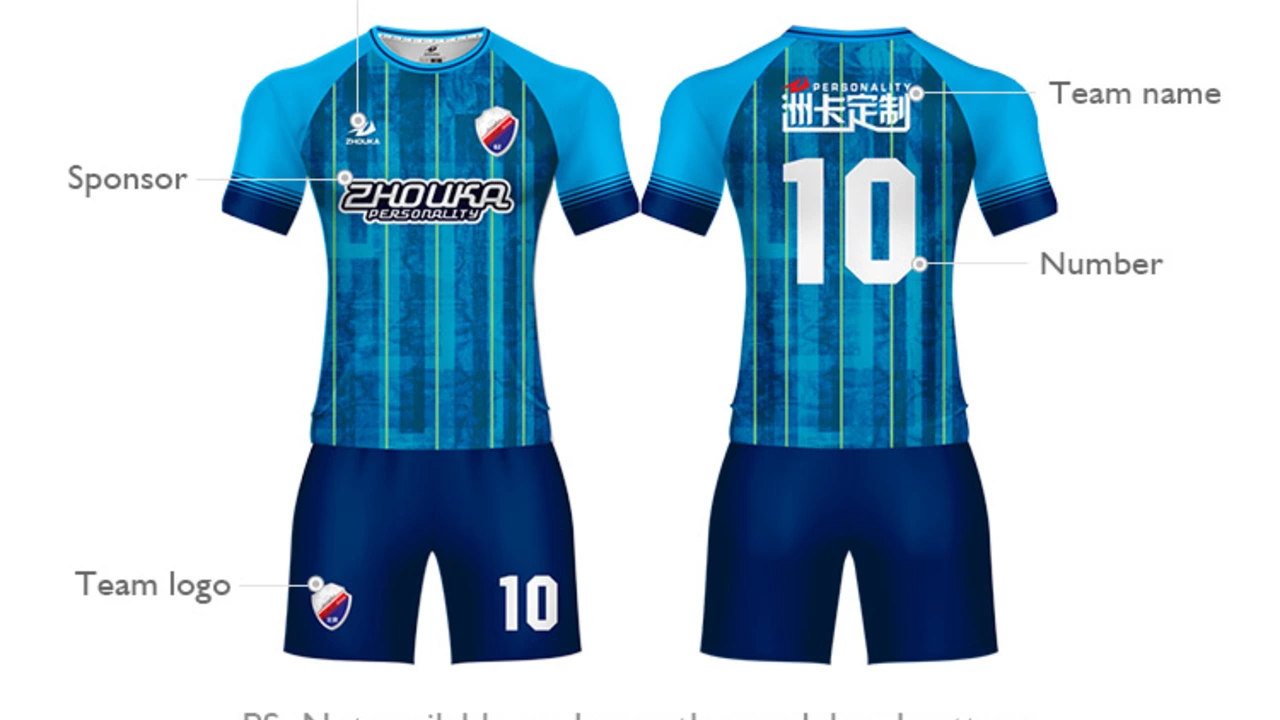Buy Soccer Gear: What You Need to Know Before You Click ‘Add to Cart’
Shopping for soccer gear can feel overwhelming – endless options, flashy ads, and the fear of ending up with the wrong size or cheap quality. The good news? You don’t need a PhD in sports equipment to pick the right stuff. In this guide, I’ll walk you through the essentials, share how to spot a good bargain, and give quick tips for each must‑have item.
Boots: Find the Right Fit Without Guesswork
Boots are the most personal piece of equipment you own. The first thing to check is your foot shape – do you have a narrow, medium, or wide arch? Most brands label this information on their size charts. Try the boot on in the afternoon; your feet swell after a day’s activity, so this is when they’ll feel most natural.
Next, think about the surface you play on. Firm‑ground (FG) boots work for natural grass, soft‑ground (SG) for muddy fields, and turf (TF) for artificial pitches. If you jump between surfaces, a versatile FG/TF hybrid can save you money and space in the locker.
Don’t let the price tag dictate quality. Many mid‑range models offer comparable traction and durability to elite versions. Look for reinforced toe caps and a snug, but not tight, heel cup – these details prolong life and keep you comfortable.
Balls, Shin Guards & Accessories: Simple Rules for Smart Purchases
When buying a soccer ball, size matters. Adults use size 5, youths size 4, and kids size 3. Feel the surface: a smooth, stitched‑less ball feels softer and rolls more predictably on grass, while a textured ball offers better control on hard surfaces. Brands like Adidas and Nike have options across price ranges; usually a $20‑$30 ball is ample for casual play.
Shin guards are non‑negotiable for safety. Choose a guard that covers the shin fully, fits snugly with a supportive strap, and won’t shift during sprints. Foam guards are comfortable for beginners, while hard‑plastic or carbon‑fiber models provide extra protection for more aggressive matches.
Accessories such as gloves, training cones, and water bottles can be bought in packs to cut costs. Look for bulk deals on sites that bundle items (e.g., “Goalkeeper Starter Kit”). A quick search for “soccer gear bundle” often reveals discounts up to 30%.
Finally, where to buy? Big retailers like Decathlon, Sports Direct, and Amazon have extensive selections and easy return policies. For the best deals, check seasonal sales – late summer and post‑World Cup periods usually bring deep discounts. Signing up for newsletters can also unlock exclusive promo codes.
Remember, the goal is to get gear that feels right, lasts long, and fits your budget. Use the fit‑check steps, match equipment to your playing surface, and hunt for sales. With these simple rules, buying soccer gear becomes a quick, confident process – so you can spend more time on the pitch and less time scrolling through endless product pages.
If you're on the hunt for custom soccer jerseys, there are numerous places to secure your unique kit. Online platforms such as Nike, Adidas, and Puma offer customization services where you can add your name, number, and even team logo. Websites like Soccer.com and Kitbag also provide extensive customization options for various club and national team jerseys. For those who prefer a hands-on experience, local sports shops often have customization services as well. Remember, your jersey is an expression of your love for the game, so make it uniquely yours!
